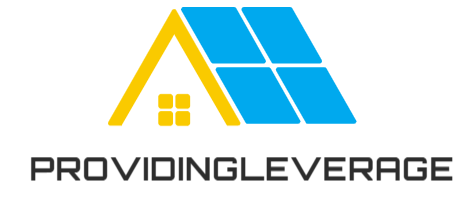In a world that often rewards quick fixes and short – term gains, there exists a powerful approach that looks beyond the immediate horizon. Thinking in systems is not just a concept; it’s a transformative framework that has the potential to reshape how we make decisions, solve problems, and create lasting value. It’s like viewing the world through a unique lens, one that reveals the intricate connections and patterns underlying every situation, and offers a path to achieving long – term leverage.
At its essence, thinking in systems means understanding that everything is interconnected. Instead of seeing isolated events or individual components, we recognize that they are part of a larger, dynamic whole. Just as the various organs in our body work together to keep us alive and healthy, different elements within a system—be it a business, an ecosystem, or a personal project—interact and influence one another. For example, in a business, the marketing department, sales team, and customer service division are not separate entities; their actions ripple through the entire organization, affecting its growth, reputation, and bottom line.
The beauty of this framework lies in its ability to help us anticipate the consequences of our actions. When we think in systems, we don’t just consider the immediate impact of a decision but also how it will reverberate through the system over time. Let’s say a company decides to cut costs by reducing employee training. In the short term, it may see an increase in profits. But in the long run, this decision could lead to a less skilled workforce, lower productivity, and higher turnover rates, ultimately undermining the company’s competitiveness. By analyzing the situation from a systems perspective, we can identify these potential downstream effects and make more informed choices.
Another crucial aspect of thinking in systems is recognizing feedback loops. These loops can be either positive or negative, and they play a significant role in determining the behavior of a system. A positive feedback loop, for instance, is like a snowball rolling downhill, gaining momentum as it goes. In the context of personal finance, regularly saving a portion of your income and investing it wisely can create a positive feedback loop. The returns on your investments add to your savings, which in turn generate more returns, leading to exponential growth over time. On the other hand, a negative feedback loop acts as a self – correcting mechanism. For example, when a population of animals in an ecosystem grows too large, the limited food resources will cause the population to decline, bringing the system back into balance.
Applying the systems – thinking framework also allows us to identify leverage points. These are the areas within a system where a small change can have a disproportionately large impact. It’s like finding the fulcrum on a lever; applying force in the right place can move mountains. In environmental conservation, instead of simply trying to plant more trees, understanding the complex systems at play might reveal that protecting key habitats or reducing pollution at its source are more effective leverage points for restoring ecological balance.
In our personal lives, thinking in systems can be equally transformative. Consider our daily routines. Instead of looking at each activity in isolation, we can view them as part of a larger system designed to support our well – being. A healthy diet, regular exercise, and sufficient sleep are not separate goals but interconnected elements that reinforce one another. By optimizing this system, we can achieve greater energy, focus, and overall quality of life.
Thinking in systems is a powerful framework that offers long – term leverage in every aspect of our lives. It helps us navigate complexity, make better decisions, and create sustainable change. By seeing the world as a web of interconnected systems, understanding feedback loops, and identifying leverage points, we can unlock the potential for growth, innovation, and lasting success. It’s a way of thinking that not only benefits us in the present but also lays the foundation for a brighter future.




